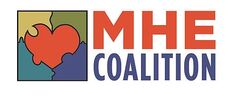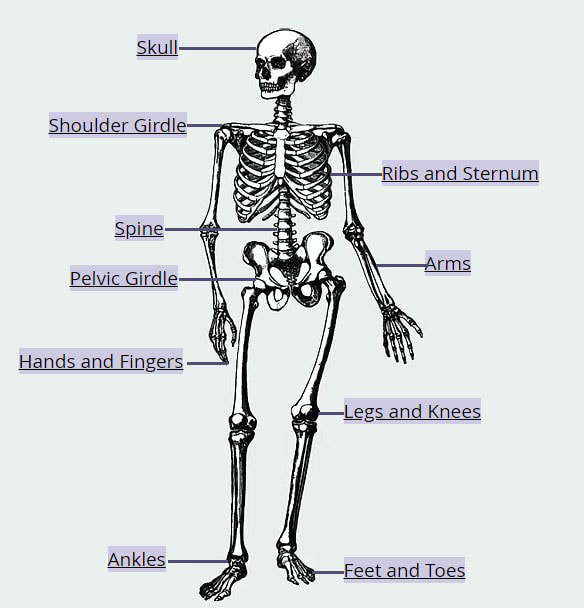How MHE Affects the Body
MHE usually manifests during early childhood more commonly with several knobby, hard, knots under the skin that are near the joints.
The likelihood of involvement of various body parts is as follows:
Body location & Percentage involvement:
What Parents Should Watch Out For
What Adults Should Be Aware Of:
The likelihood of involvement of various body parts is as follows:
Body location & Percentage involvement:
- Distal femur (lower leg): 70%
- Proximal tibia (inner, top of leg below the knee): 70%
- Proximal fibula (outer, top of leg below the knee): 30%
- Proximal humerus (upper arm): 50%
- Scapula (below collar bone): 40%
- Ribs: 40%
- Distal radius and ulna (lower arm): 30%
- Proximal femur (upper leg): 30%
- Phalanges (fingers): 30%
- Distal fibula (outer, lower leg below the knee): 25%
- Distal tibia (inner, lower leg below the knee): 20%
- Bones of the foot: 10-25%
What Parents Should Watch Out For
- If your child is limping, check to see if it is due to an injury; or if it is something that is occurring and continuing without obvious reason. Limping may signal a limb length discrepancy or other problem.
- Bowing of one or both legs
- Mobility problems. Is your child experiencing pain when walking or running?
- Pain. Is your child experiencing pain from exostoses (tumors made of cartilage) that bump each other? Is your child experiencing pain during certain activities or pain at night. If so, keep a pain diary.
- Any red flags in terms of sudden increase in size of swelling, pain, nerve compression, tingling, numbness, or weakness.
What Adults Should Be Aware Of:
- Sudden growth in an existing exostosis and pain can be symptomatic of a malignant (cancerous) transformation. It is smart to check out any changes with your orthopaedist. However, it is important to remember that chondrosarcoma (cancerous tumor) is rare.
- Years of wear and tear on joints can result in chronic pain. There is also the possibility of exostoses irritating or catching on overlying tissue, such as muscles, tendons, ligaments, or compressing nerves. Possible treatment options for these common problems include pain medications, physical therapy (such as stretching, strengthening, and modalities), heat, rest, bracing (supportive orthosis acting as load sharing devices) etc.
Click on the body part names for more information
|

